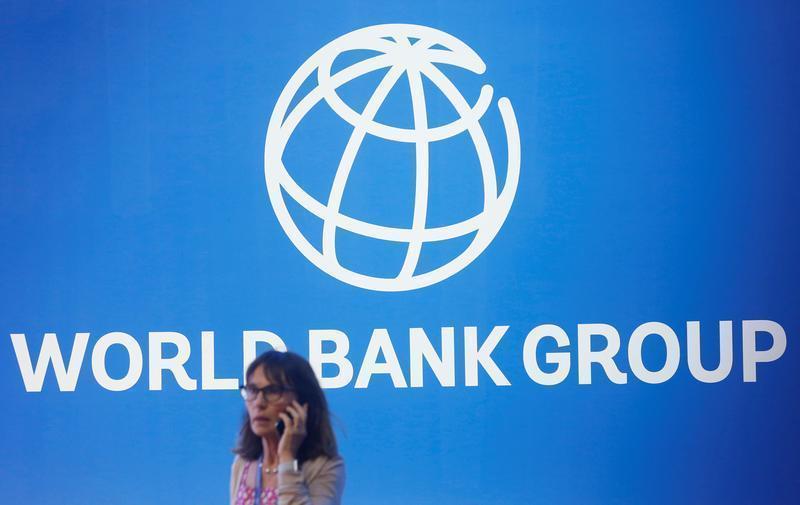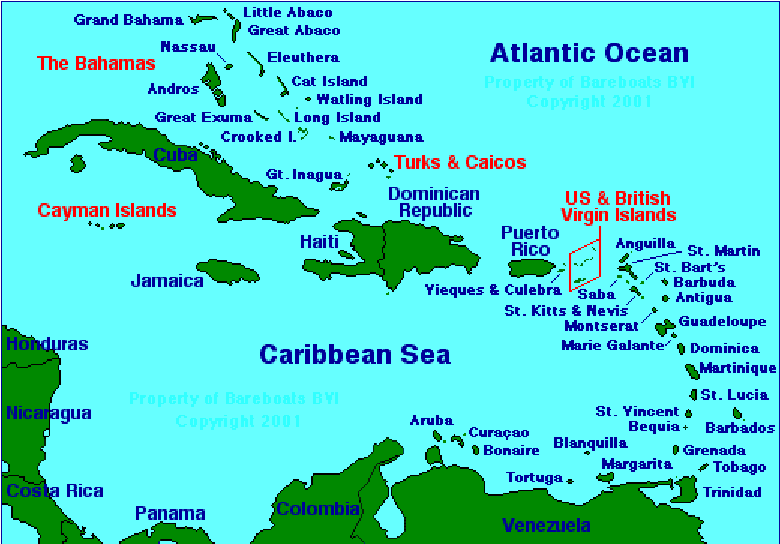News
An Adjustment to Global Poverty Line

Since the introduction of the dollar-a-day poverty line in the 1990 World Development Report, the World Bank has used purchasing power parities (PPPs) — exchange rates that account for relative price differences across countries — to derive the international poverty line and estimate global poverty. PPPs are used to convert national poverty lines as well as the value of households’ income and consumption — the backbones of global poverty measurement — to a common currency across countries.
As new PPPs have been released, the World Bank has revised the international poverty line from $1 a day in 1985 PPPs to $1.08 with 1993 PPPs, to $1.25 with 2005 PPPs, and to the $1.90 line with 2011 PPPs that is used today.
We are now about to adjust it again.
Read More: https://blogs.worldbank.org/voices/adjustment-global-poverty-lines



